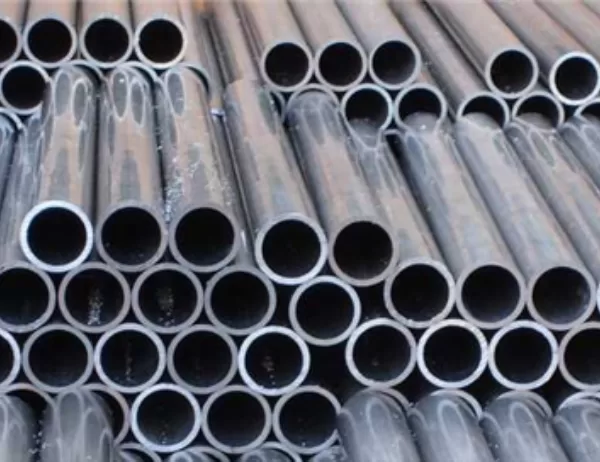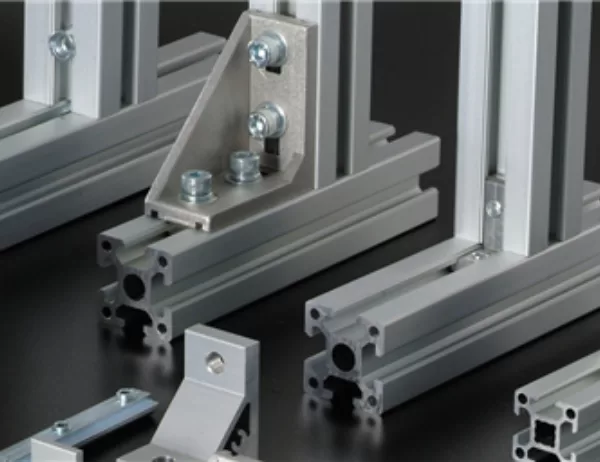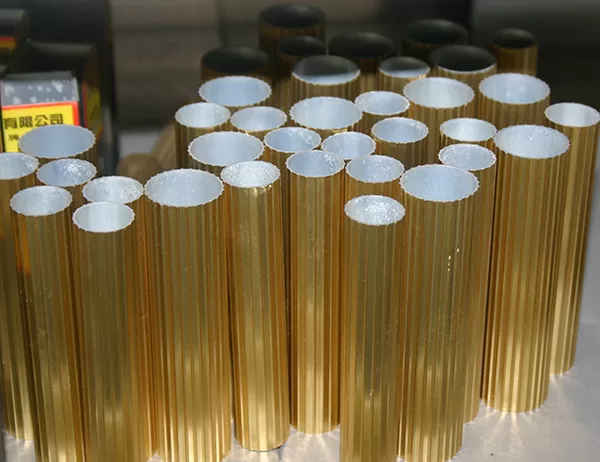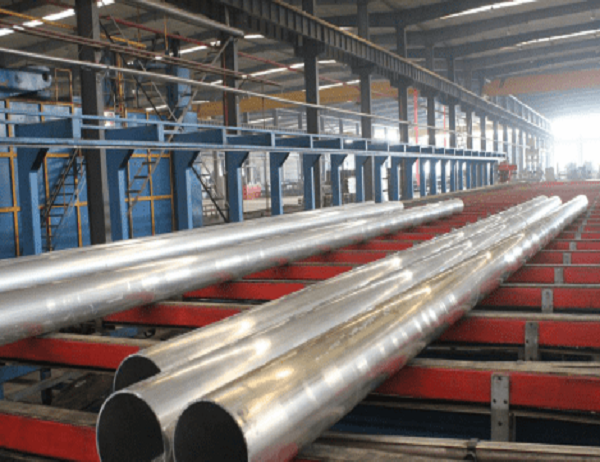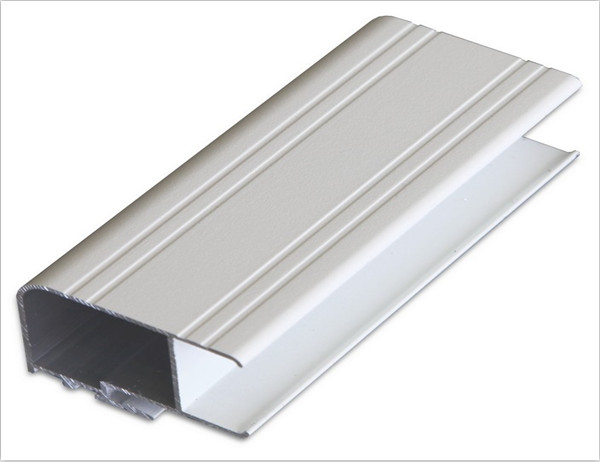Aluminum tubes find widespread application in various industries, including aerospace, construction, automotive, and engineering. Among these, 100mm aluminum tubes hold particular significance due to their versatility and durability. To fully appreciate the value of these tubes, it is essential to understand their intricate manufacturing process.
The first step in manufacturing 100mm aluminum tubes involves selecting high-quality raw materials. Aluminum alloys, such as 6063 or 6061, are commonly used due to their exceptional strength-to-weight ratio, corrosion resistance, and machinability. The chemical composition and temper of the alloy determine the specific properties of the finished tube.
Extrusion is the primary process used to shape 100mm aluminum tubes. It involves forcing molten aluminum through a die that has the desired cross-sectional shape of the tube. The extrusion process creates a continuous length of tube with uniform dimensions and a hollow core.
After extrusion, the tubes undergo a series of drawing operations to achieve the desired diameter and wall thickness. The tubes are passed through a series of progressively smaller dies, reducing their diameter while increasing their length. Drawing significantly improves the strength and dimensional accuracy of the tubes.
Annealing is a heat treatment process that softens the aluminum after the drawing operations. It involves heating the tubes to a specific temperature and then slowly cooling them. Annealing relieves internal stresses and improves the workability and ductility of the aluminum.
Once annealed, the tubes are precision cut to the desired lengths. This is typically done using a high-speed saw or a laser cutting machine. Specialized equipment ensures precise and consistent cuts, minimizing material waste and enhancing the overall quality of the tubes.
Throughout the manufacturing process, rigorous quality control checks are performed at various stages. These checks ensure that the tubes meet all the specified requirements in terms of dimensions, mechanical properties, and surface finish. Non-destructive testing methods, such as ultrasonic testing, are employed to detect any defects or imperfections.
The final step of the manufacturing process involves finishing the tubes to the required specifications. This may include chemical treatments, such as anodizing or electropolishing, to enhance the surface appearance, corrosion resistance, and wear resistance of the tubes.
Understanding the manufacturing process of 100mm aluminum tubes provides valuable insights into their production methods and the factors that influence their quality. Each step in the process, from raw material selection to finishing, contributes to the tube’s exceptional properties and performance. By adhering to stringent manufacturing standards and implementing comprehensive quality control measures, manufacturers ensure that 100mm aluminum tubes meet the diverse and demanding needs of various industries.
